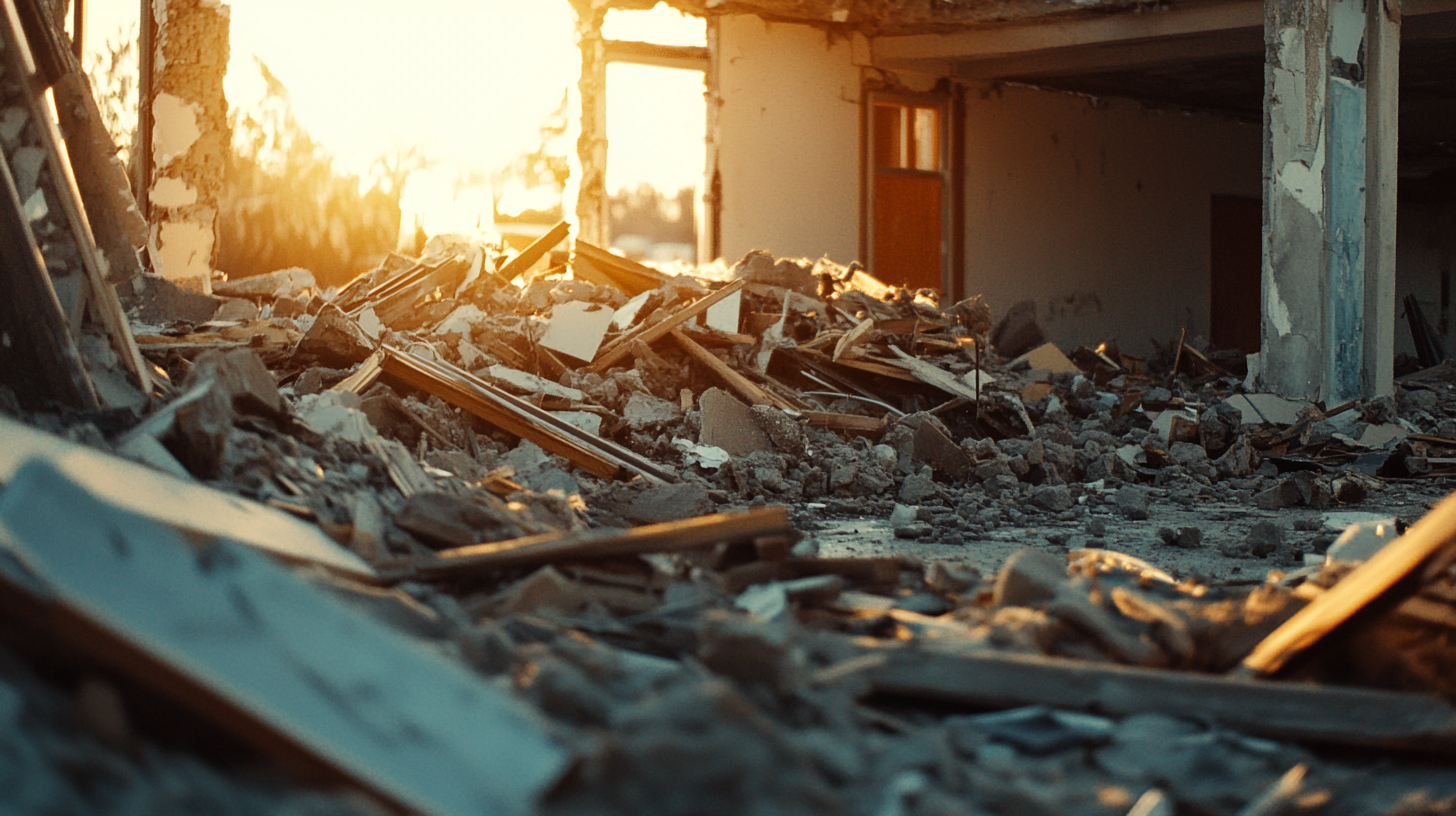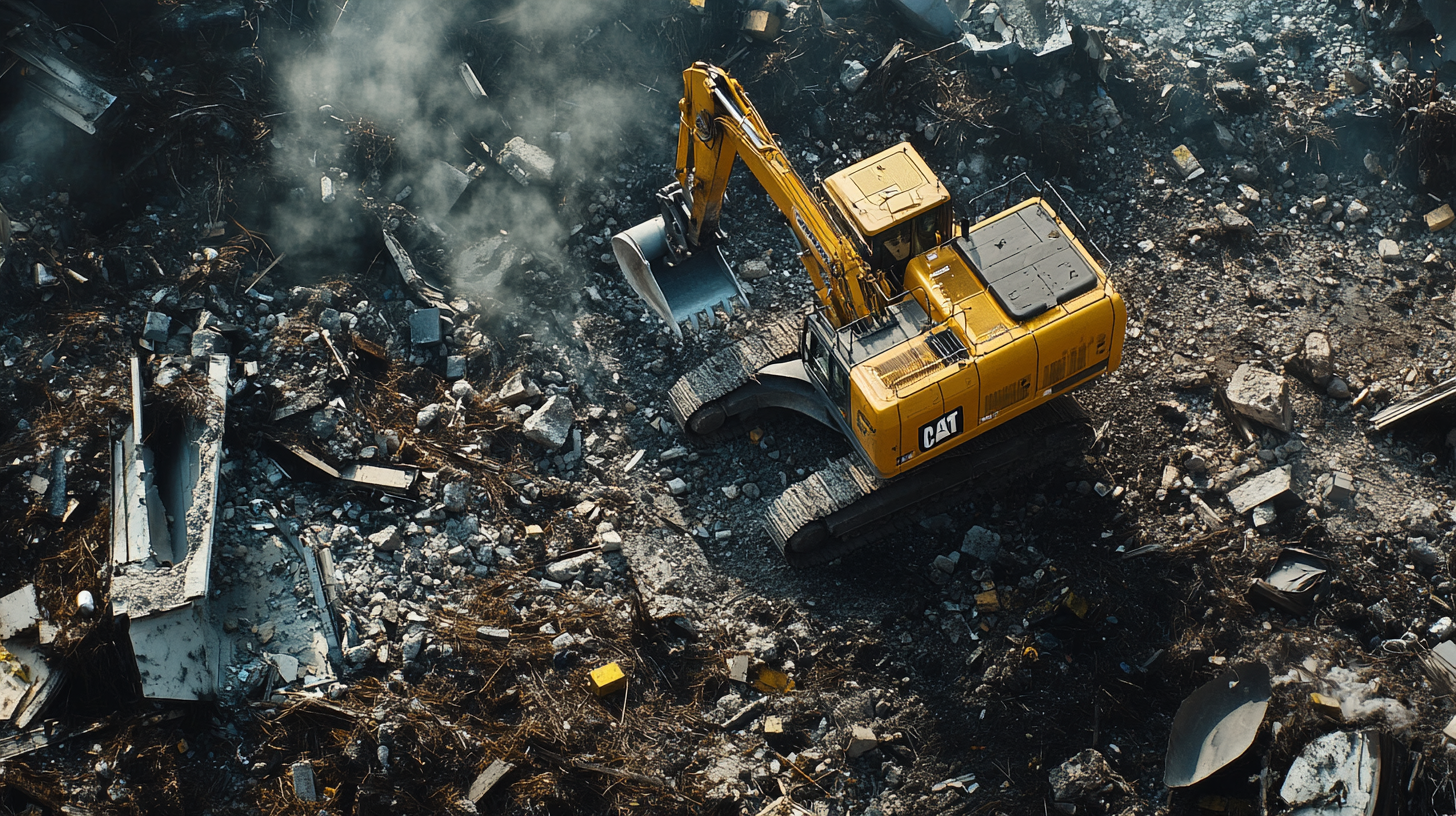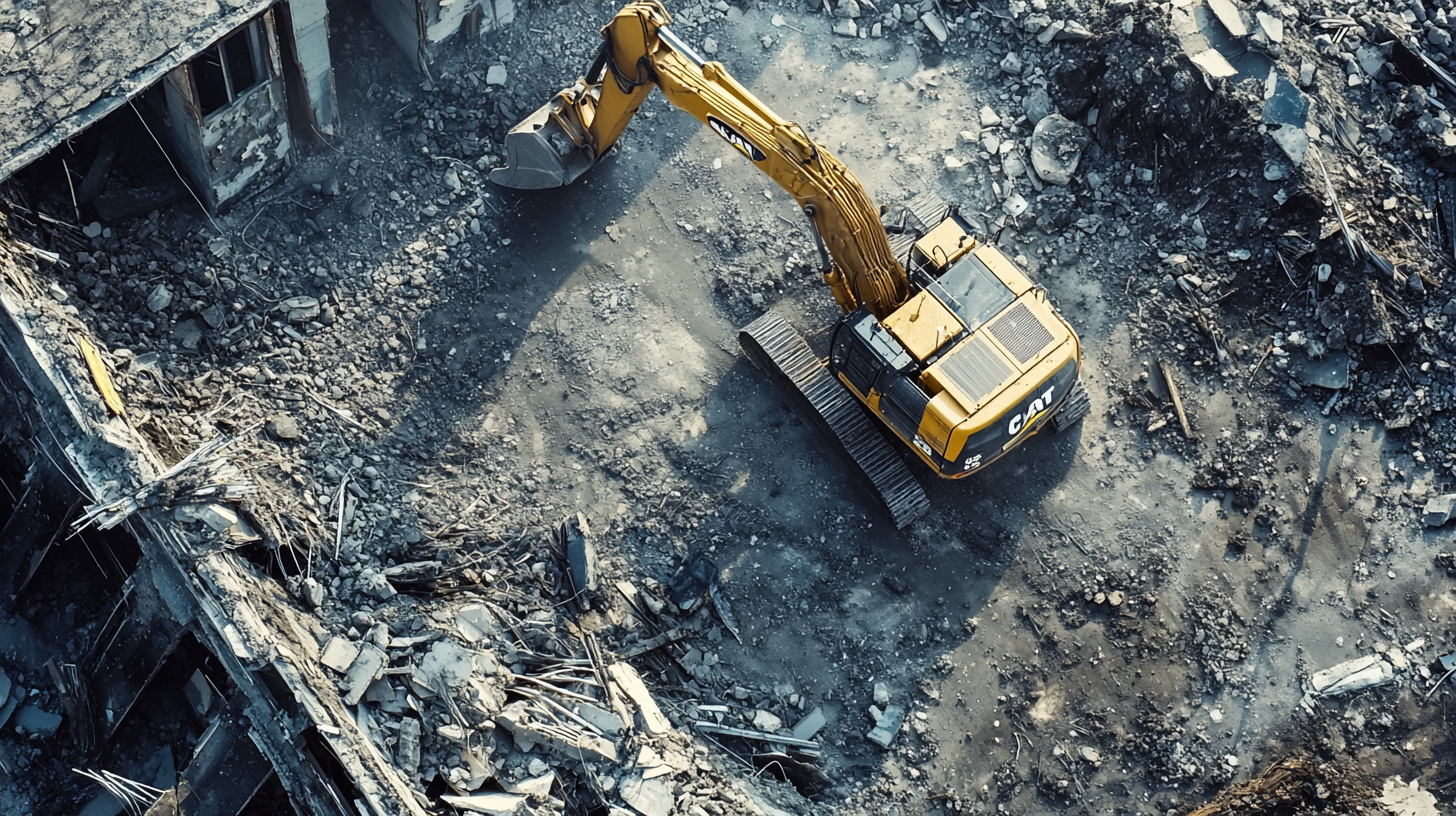
Termites are one of the most destructive pests homeowners can face, capable of causing significant structural damage if left unchecked. These silent invaders often go unnoticed until considerable harm has already been done, leading to costly repairs that could have been prevented with proactive measures. For homeowners, termite prevention is crucial in protecting both the integrity and value of their property. By implementing effective termite control strategies, such as regular inspections and addressing potential entry points, homeowners can safeguard their homes from infestations and avoid the financial burden of extensive repairs. This blog will explore key methods for termite prevention, helping homeowners stay one step ahead of these damaging pests.
Understanding Termites and Their Impact on Homes
What Are Termites?
Termites are small, wood-destroying insects that pose a serious threat to homes due to their ability to feed on the cellulose found in wood and other plant materials. Often working silently, termites can cause extensive structural damage long before homeowners even realize there’s a problem. These pests are responsible for billions of dollars in damage each year, making termite prevention and early detection critical for protecting your property.
The two primary types of termites that affect homes are:
- Subterranean Termites: These termites build colonies underground and construct mud tubes to access above-ground wood sources. They are the most common and destructive species, known for rapidly damaging the structure of homes, particularly foundations and support beams.
- Drywood Termites: Unlike subterranean termites, drywood termites do not require contact with soil. They infest dry wood, including structural timber, furniture, and other wooden items, causing damage from within.
Signs of a Termite Infestation
Early detection of termite activity is crucial for minimizing damage and ensuring effective treatment. While termites are often difficult to spot due to their ability to remain hidden, there are several telltale signs homeowners should be aware of:
- Mud Tubes: Subterranean termites build mud tubes along walls, foundations, or other surfaces to maintain moisture while traveling between their colony and food sources. These small, pencil-thin tubes are a clear sign of termite activity.
- Discarded Wings: After swarming, reproductive termites shed their wings. Finding piles of discarded wings near windows, doors, or other entry points is often a sign that termites are attempting to establish a new colony inside your home.
- Hollow-Sounding Wood: Tapping on wooden surfaces and hearing a hollow sound may indicate that termites have been feeding inside the wood, leaving only a thin exterior shell behind.
- Frass: Drywood termites produce frass, or termite droppings, which resemble tiny wood-colored pellets. These droppings can often be found near wooden structures or furniture, indicating an active infestation.
By understanding these signs and taking prompt action, homeowners can address termite infestations early, reducing the risk of severe structural damage to their property.
Prevention Strategies to Protect Your Home from Termites
Termites are one of the most destructive pests for homeowners, but with proactive prevention strategies, the risk of a termite infestation can be significantly reduced. Implementing these prevention measures can help protect your home’s structure from costly damage and ensure long-term peace of mind.
Regular Inspections and Monitoring
The foundation of any effective termite prevention plan is regular inspections. Early detection is crucial in preventing extensive damage, especially in areas prone to termite activity.
- Schedule Annual Inspections: Have your home inspected by a professional pest control company at least once a year, particularly if you live in a high-risk area for termites. Professional inspections can identify early signs of termite presence that are often missed by the untrained eye.
- Monitor High-Risk Areas: In between professional inspections, monitor common termite-prone areas in your home, such as basements, attics, crawl spaces, and areas with wooden structures. Look for mud tubes, hollow-sounding wood, or discarded wings.
Moisture Control
Termites are highly attracted to moisture, making moisture control one of the key strategies in preventing infestations.
- Ensure Proper Drainage: Make sure your home’s foundation has proper drainage to prevent water from pooling around it. Standing water attracts termites and creates the ideal environment for them to thrive.
- Fix Leaky Pipes and Faucets: Address any leaks in your plumbing, faucets, or air conditioning units that create excess moisture. Even small leaks can create a humid environment that attracts termites.
- Keep Gutters and Downspouts Clean: Clogged gutters can cause water to overflow and pool near your home’s foundation, increasing the risk of a termite infestation. Regularly clean out gutters and ensure downspouts direct water away from your home.
Sealing Entry Points
Termites can enter homes through tiny cracks and gaps in the foundation, walls, or around utility pipes, so it’s essential to eliminate potential entry points.
- Seal Cracks and Gaps: Inspect your home’s foundation, walls, and areas around utility lines for any cracks or openings. Use caulk or other sealants to close these gaps and prevent termites from entering.
- Install Metal Mesh Screens: Place fine metal mesh screens over vents, chimneys, and other openings to block termites and other pests from entering your home.
Proper Wood Storage and Usage
Wood in direct contact with the soil or your home’s structure is a prime target for termites. Taking care with wood storage and selection is key to prevention.
Store Firewood Away from the House: Keep firewood, lumber, or other wooden materials at least 20 feet away from your home to reduce the chance of termites making their way from the woodpile to your house.
Use Treated Lumber: When building structures like decks or fences that are attached to your home, use termite-resistant or pressure-treated wood. This reduces the risk of termites using these wooden structures as a bridge to your home.
Landscaping Practices
The way you landscape your yard can have a significant impact on termite activity around your home. Simple changes can help deter termites from establishing a presence near your foundation.
Keep Vegetation and Mulch Away from the Foundation: Maintain a clear zone between your home’s foundation and any vegetation or mulch. Mulch, particularly wood mulch, can retain moisture and attract termites, so keeping it at least 15 inches away from your home is a smart preventive measure.
Trim Tree Branches and Shrubs: Ensure that tree branches and shrubs do not touch the exterior of your home, as they can serve as pathways for termites to access your house.
Effective Termite Treatment Options
When faced with a termite infestation, it is essential to choose the right treatment option to effectively eliminate the pests and protect your home. Depending on the type of termites and the severity of the infestation, different treatment methods may be recommended. Below are some of the most effective termite treatment options that can help safeguard your home from termite damage.
Liquid Termiticides
Liquid termiticides are one of the most common and reliable methods for treating termite infestations. These chemicals are applied around the foundation of the home, creating a protective barrier that kills or repels termites attempting to enter.
How It Works: The termiticide forms a treated zone around the perimeter of your home. When termites come into contact with this barrier, they are either repelled or killed.
Modern Non-Repellent Termiticides: Newer non-repellent termiticides, such as fipronil, are highly effective because termites are unable to detect them. As a result, termites unknowingly cross through the treated zone and carry the poison back to the colony. This “transfer effect” can eliminate the entire colony, making it a powerful long-term solution for termite infestations.
Termite Baiting Systems
Termite baiting systems offer an environmentally friendly and targeted solution for eliminating termite colonies. This method uses strategically placed bait stations around the home’s perimeter to attract termites.
How It Works: Bait stations contain slow-acting poison that termites consume and carry back to their colonies. The poison does not kill the termites immediately, allowing them to return to the colony and share the toxic bait with other termites, eventually leading to colony collapse.
Benefits: This method is especially effective for environmentally conscious homeowners because it uses minimal chemicals and targets termites specifically, without affecting other organisms. Baiting systems are also easy to monitor and maintain over time.
Fumigation (For Drywood Termites)
Fumigation is a highly effective method for treating severe drywood termite infestations, particularly when termites have spread throughout the home and are not accessible through ground treatments.
How It Works: During fumigation, the entire house is tented, and a gas fumigant is released inside. This gas penetrates all wood structures and hard-to-reach areas, eliminating termites throughout the home.
Best For: Fumigation is typically recommended for drywood termite infestations that are severe or widespread, as it ensures that termites in every part of the home are eradicated. It is a comprehensive treatment option that reaches all areas, including walls, furniture, and attics.
Wood Treatment and Borate Application
Borate treatments are a preventative and curative method for protecting wood from termites. Borates are chemicals that can be applied directly to wooden structures, making the wood resistant to termites over the long term.
How It Works: Borate is applied to wood and penetrates deep into the material, creating a long-lasting defense against termites. When termites try to feed on or tunnel into the treated wood, the borate acts as a poison, repelling or killing them.
Best For: Borate treatment is often used during construction or renovation to protect wood from future infestations. It can also be applied to existing wooden structures to prevent or treat minor termite infestations.
Choosing the Right Termite Treatment for Your Home
When dealing with termites, selecting the right treatment method is essential to effectively eliminate the infestation and protect your home. Different factors, such as the type and severity of the infestation, will determine the most suitable course of action. Below, we explore key considerations in choosing the best termite treatment for your specific situation.
Assessing the Extent of Infestation
The severity of the termite infestation plays a significant role in determining the appropriate treatment method. Early detection can often allow for less invasive and localized treatments, while more severe cases require comprehensive approaches.
Minor Infestations: If the infestation is localized or limited to a small area of the home, less aggressive treatments such as termite bait stations or spot treatments with liquid termiticides may be sufficient. These methods target specific areas where termites are active, offering a more focused approach that minimizes chemical use and disruption.
Severe, Widespread Infestations: For more advanced infestations that have spread throughout the home, especially with drywood termites, more intensive treatments like fumigation may be necessary. Fumigation can ensure that termites in all areas of the home, including hidden spaces, are eliminated. In some cases, a combination of treatments—such as using both liquid termiticides and bait stations—may be recommended to provide comprehensive coverage and prevent future infestations.
Consulting a Pest Control Professional
While DIY termite treatments are available, professional pest control services are the best option for ensuring long-term results and preventing re-infestation. Termite control is complex, and a pest control expert has the knowledge and tools to properly assess the situation and recommend the most effective solution.
Professional Assessment: A trained pest control professional will conduct a thorough inspection of your home to assess the type of termite infestation and its extent. This inspection is crucial because different species of termites require different treatment approaches. For example, subterranean termites may be treated with soil-based termiticides, while drywood termites often necessitate fumigation or targeted wood treatments.
Tailored Treatment Plans: After evaluating your home, a pest control expert will develop a customized treatment plan tailored to the unique needs of your home. This ensures that the treatment targets the source of the infestation and addresses any potential vulnerabilities that could lead to future termite activity.
Long-Term Protection and Maintenance
After successfully treating a termite infestation, ongoing vigilance and maintenance are essential to ensure long-term protection for your home. Termites can return or new colonies can form, so implementing preventive measures and staying proactive is key to avoiding future damage. Here are two critical components of long-term termite protection.
Annual Inspections and Re-Treatment
Even after a termite treatment has been applied, homeowners should continue to monitor their homes for any signs of new termite activity. Termites can return if conditions remain favorable, and regular inspections can help catch any potential problems early.
- Schedule Annual Inspections: It’s important to have a professional pest control company perform annual inspections, especially in termite-prone areas. These inspections can detect any new infestations or weaknesses in treated areas before they become a significant problem.
- Re-Treatment Considerations: Depending on the type of treatment used, reapplication may be necessary. For example, liquid termiticides typically offer protection for up to five years, but factors such as soil type, weather conditions, or home renovations can reduce their effectiveness. In such cases, re-treatment may be required to maintain a protective barrier around your home.
Ongoing Monitoring Systems
Termite baiting systems are a popular long-term solution for controlling and preventing termite infestations, but they require regular monitoring to remain effective.
Regular Check-Ups: Termite bait stations should be inspected every few months by a pest control professional to ensure they are still functioning properly. If the bait has been consumed or damaged, it needs to be replaced to maintain protection. These check-ups ensure that any termite activity around your home is quickly addressed before it escalates into a full-blown infestation.
Continuous Monitoring: Having a termite monitoring system in place allows for continuous protection against new termite colonies. By maintaining and checking these systems regularly, homeowners can stay ahead of potential infestations and protect their homes from future damage.
FAQs
Contact Bull City Crawlspace Today!
Bull City Crawlspace will do everything we can to ensure your experience with us is excellent.
Request A FREE Estimate
Request a Free Estimate Form
Checkout Recent Post




Got a Question? We’re Here to Help.
You can arrange an appointment or make an enquiry by phone or email, orget in touch to us via our contact form.

